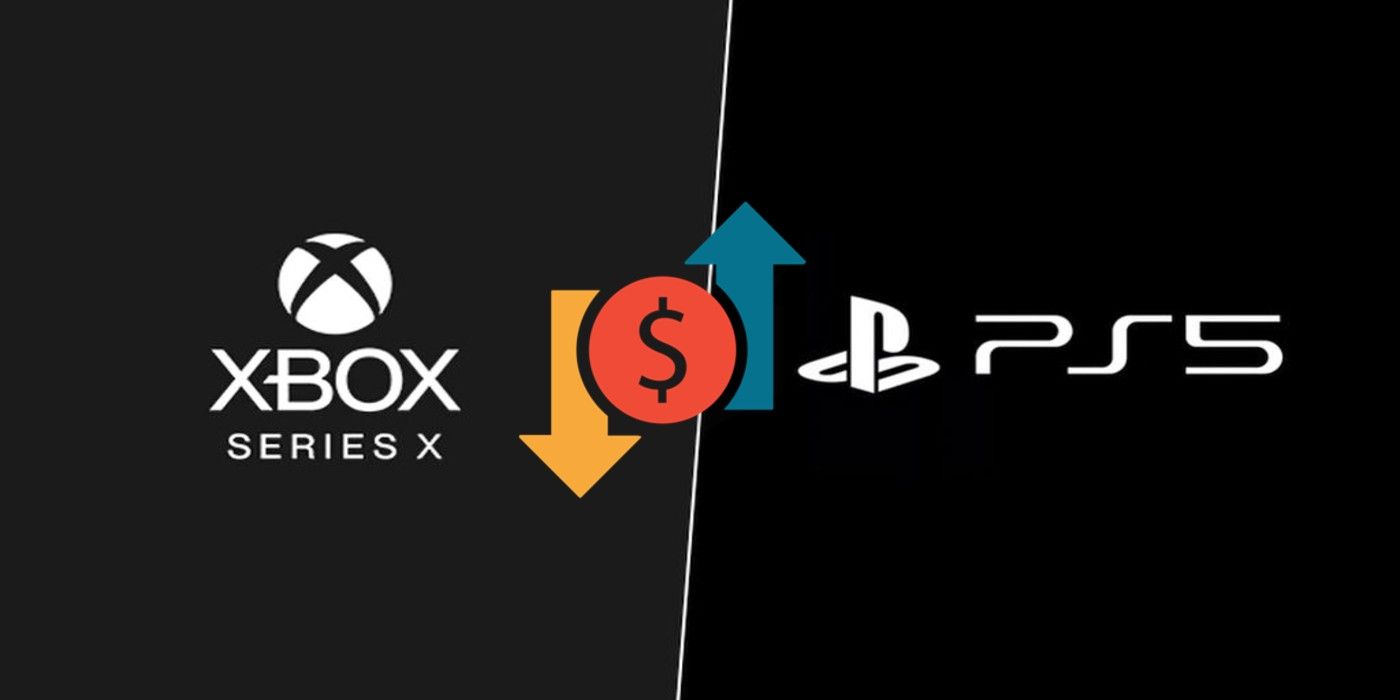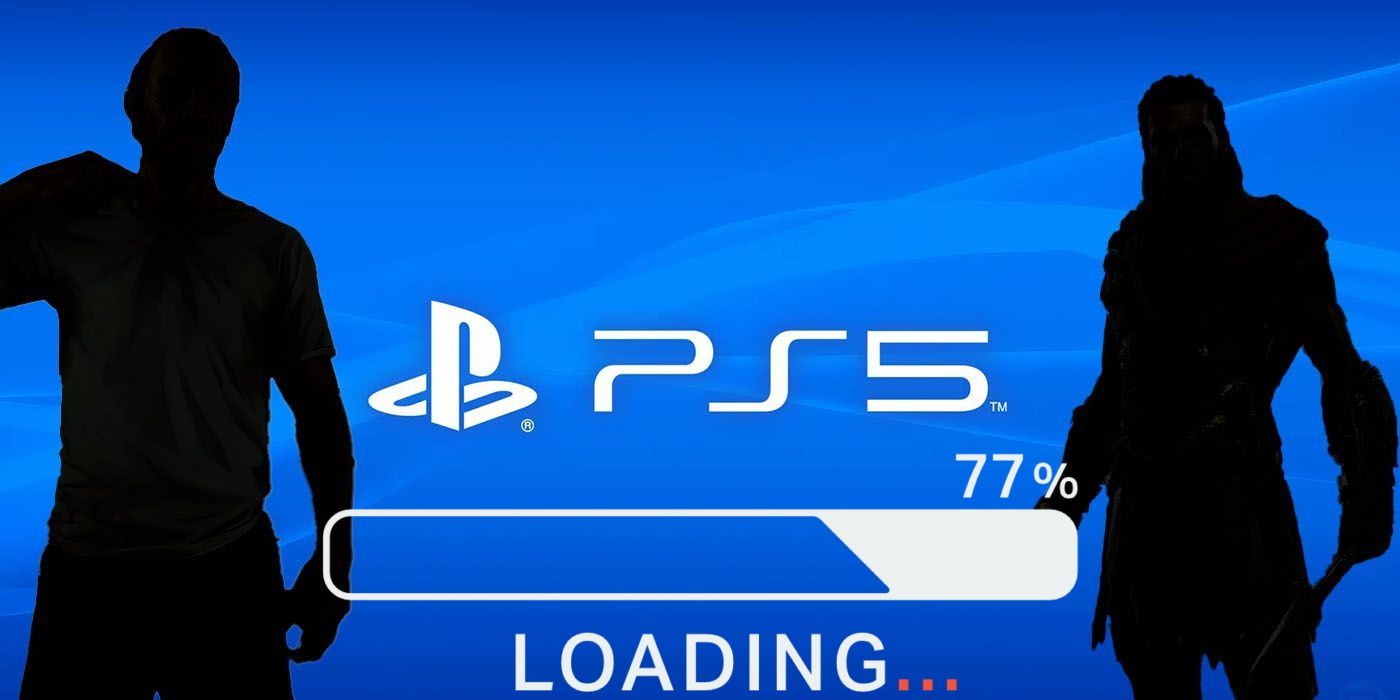Sony finally updated the world on the status of the PS5 this week with an online video presentation that was likely meant to be shown during the GDC 2020 before the event was ultimately postponed. System architect Mark Cerny held a near hour-long talk in which he described the inner workings of the PS5 chipset. A lot of new, more concrete details emerged from Cerny’s presentation such as Sony’s interesting choice in the SSD’s storage space, processing speed, etc. With both next gen consoles’ specifications out in public, there appears to be a trend of Sony lagging behind Microsoft.
As far as people see it, Microsoft has been hitting every beat in marketing the Xbox Series X. It shocked the industry with a surprise reveal at The Game Awards 2019 back in December, showing off the console’s form, some specs, and two first-party titles. Meanwhile, Sony’s most recent update, at the time, on the PS5 was a Wired interview with Cerny where he revealed a couple of specifications of Sony’s next console. Going by the PS5 specs he revealed earlier this week, there are a couple of reasons why the PS5 might be cheaper than the Xbox Series X.
PS5 Specs Vs. Xbox Series X Specs
PS5
CPU: 8x Zen 2 Cores at 3.5GHz (variable frequency)
GPU: 10.28 TFLOPs, 36 CUs at 2.23GHz (variable frequency)
Memory: 16GB GDDR6/256-bit
Memory Bandwidth: 448GB/s
Internal Storage: Custom 825GB SSD
I/O Throughput: 5.5GB/s (Raw), Typical 8-9GB/s (Compressed)
Expandable Storage: NVMe SSD Slot
External Storage: USB HDD Support
Optical Drive: 4K UHD Blu-Ray Drive
If used games were the hot-button issue of next gen consoles back in 2013, then 2020’s consoles will be judged by teraflops. Perhaps a stroke of marketing wizardry, fans have started to pay close attention to the consoles’ teraflops capabilities. In layman’s terms, the more teraflops (per second calculations) a console can perform, the more powerful it is, arguably. Whether or not this rule of thumb manifests in practice, the performance of next gen games on both consoles will decide its validity. As for now, Microsoft can confidently claim that Xbox Series X can outperform the PS5, in terms of teraflops.
While the PS5 is capable of operating 10.28 teraflops, the Xbox Series X takes a lead with the ability to perform 12 teraflops. This alone has led people to believe that the Xbox Series X is more powerful than the PS5. If true, then the PS5’s inferior capabilities in this scenario could hint at one interesting outcome: the PS5 could end up being cheaper than the Xbox Series X because it’s not as powerful. It should be noted that power has never really dictated the supposed “winner” of any console generation but it’s still significant that Microsoft has a leg up on Sony.
It has more advantages too such as the Xbox Series X’s processing speed of 3.8GHz, compared to the PS5’s 3.5GHz. The CPUs that will power both consoles will still be vast improvements over their predecessors. However, where the PS5 will have a distinct advantage is in data throughput.
The PS5 will be capable of pushing 5.5GB of data per second, compared to the Xbox Series X’s 2.4GB/s. Although it’s an impressive advantage, for next gen games’ loading screen wait-times, this would only result in a difference of about a couple of seconds between the consoles. This is because both the PS5 and Xbox Series X will be featuring SSDs.
PS5's SSD Vs. Xbox Series X's SSD
The biggest and most immediate difference between next gen games and PS4/Xbox One games will be found in wait-times, all because of the speed of solid state drives. These SSDs are apparently going to result in virtually no loading or boot screens for PS5 and Xbox Series X games. While Microsoft and Sony will be deviating from each other regarding external storage and expansion, both consoles will feature ostensibly the same type of SSD, allowing developers to obtain console parity for new games and not have to worry about yet another box to tick.
Sony interestingly decided to roll with an SSD size of 825GB for PS4, compared to Microsoft’s choice of 1TB. This is clearly going to be another point of contention between fans online but this choice in a lower amount of space could work to Sony’s benefit at the end of the day. While HDDs rapidly become less expensive over time, SSDs are generally always expensive due to their faster capabilities. Combine that with a price that increases per console unit, these console makers are spending more than ever in order to equip next gen with these storage drives.
Additionally, even though it’s only a difference of about 200GB (excluding OS and such), Sony is likely spending significantly less on SSDs than Microsoft, which could also result in the PS5 being cheaper than the Xbox Series X. All in all, there are enough differences between the two consoles that a price gap between them seems highly likely. As for whether or not it’ll mirror the $100 gap between the PS4 and Xbox One at launch, only time will tell, even though Sony is still waiting for Microsoft to make the first move on price.
The PS5 and Xbox Series X are scheduled to launch holiday 2020.


